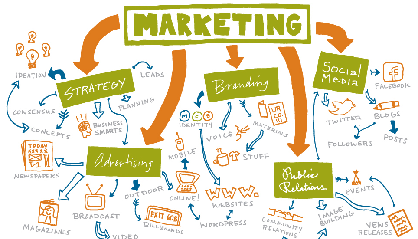This week we talked about what it means to have an integrated marketing plan and how it can help a business. We dissect how to go about integrating all of your marketing channels: search, social, traditional, print and other channels. The key is to start with a goal and make sure all of the platforms you use work together towards that goal. When you tell a compelling story across a wide range of channels and incite your audience to take action, you’ve achieved integrated marketing success.
We shared our thoughts on how landing pages are crucial for an integrated approach because they allow you to collect clean data that you can use to analyze the effectiveness of your campaigns: How much of your traffic is coming from social? Search? Advertising? Or your own website?
We also discussed how tracking and analytics is an essential aspect of your integrated marketing campaigns. This allows you to see what works and what doesn’t, and adjust your efforts accordingly. Your time and your cash are precious, finite resources and analytics will help save you both.
Our Integrated Marketing Campaigns
Ron shares some compelling examples from our clients and the integrated campaigns we’ve had success running.
The Leaves of Legacy campaign for St. Hubert High School used direct mail and social to get an already engaged alumni to buy in and show their support in a compelling way.
Our campaign for Rutgers University’s School of Communication and Information used a combination of social and pay-per-click advertising to drive traffic to a landing page that generated quality leads for their certificate programs.
Dustin even challenges the almighty Facebook and asks the million dollar question: “Is there ever an instance where you would not take an integrated approach to marketing?”
Show Notes
We broke down this article from CIO and shared what steps we’d add to the integrated marketing process.






